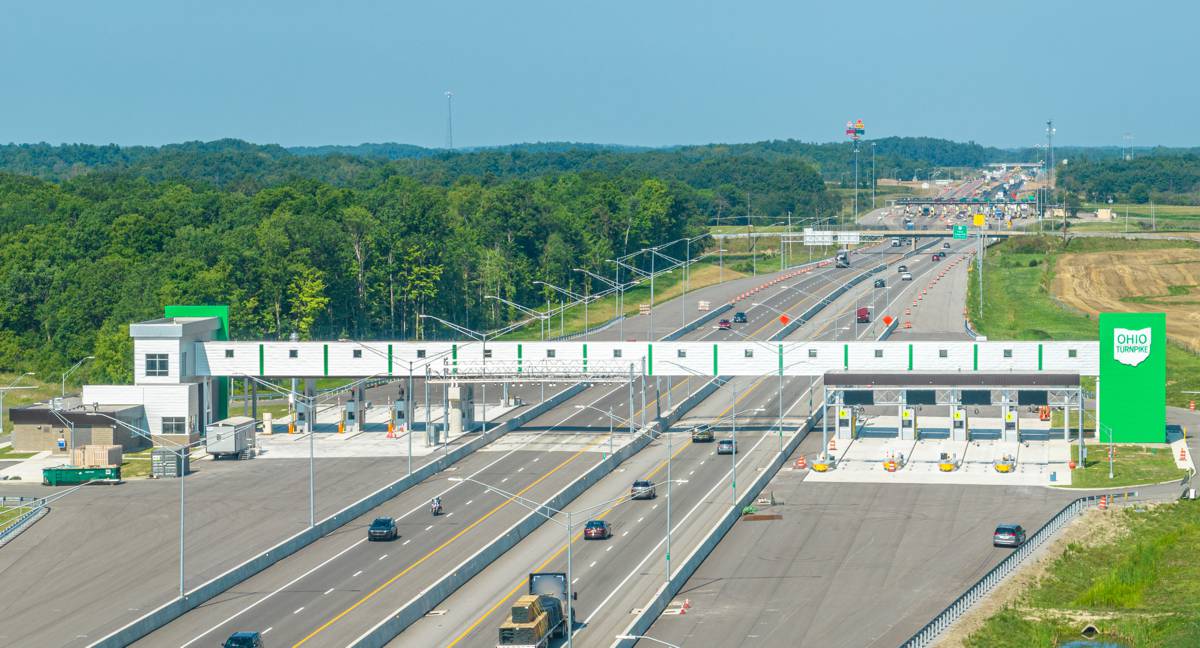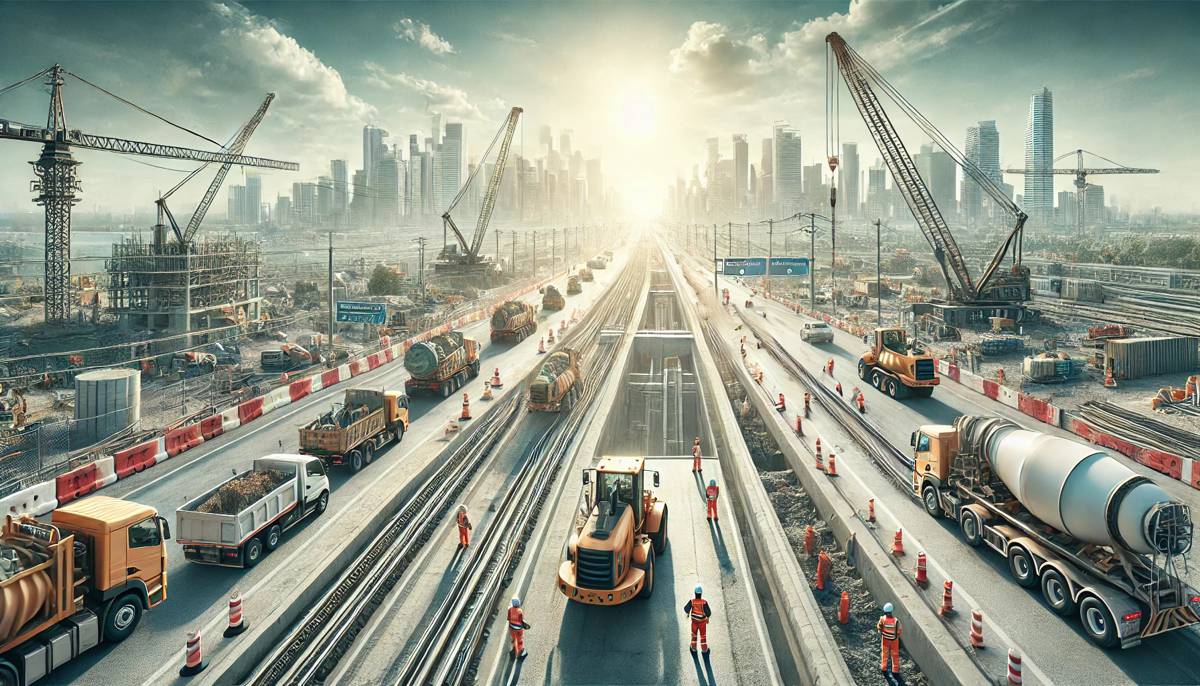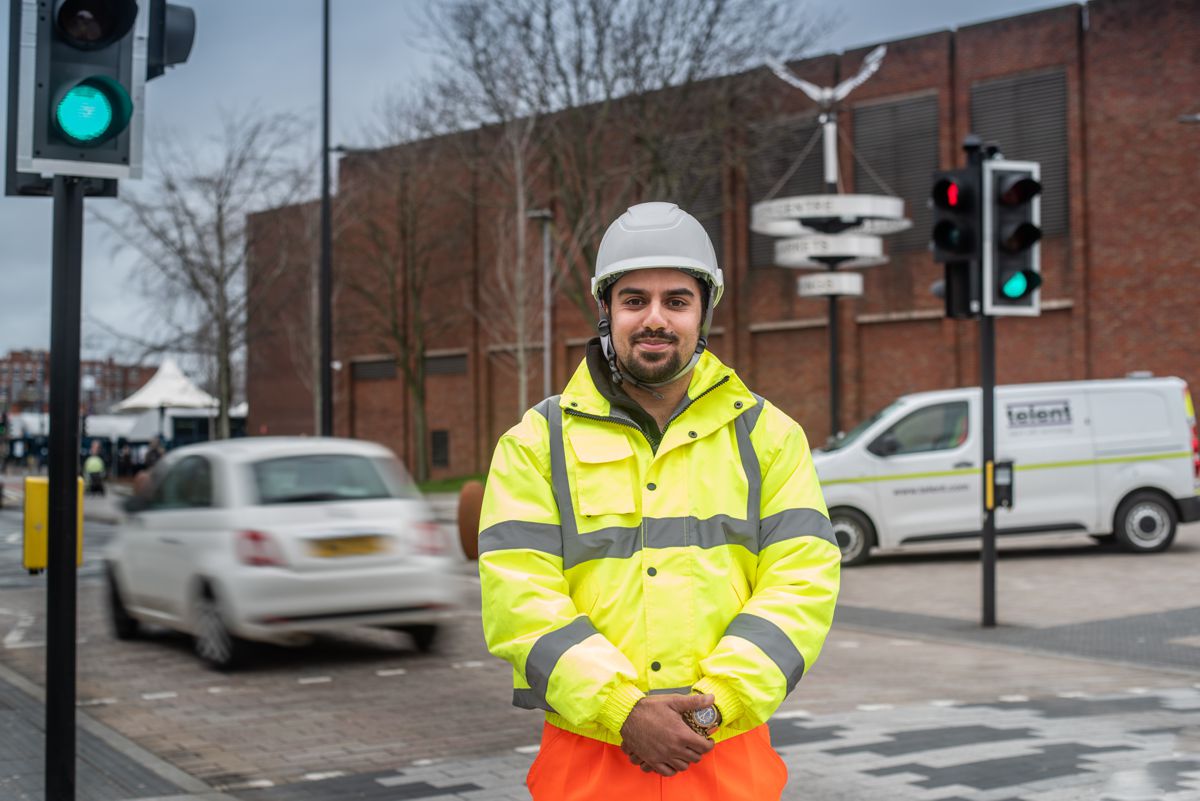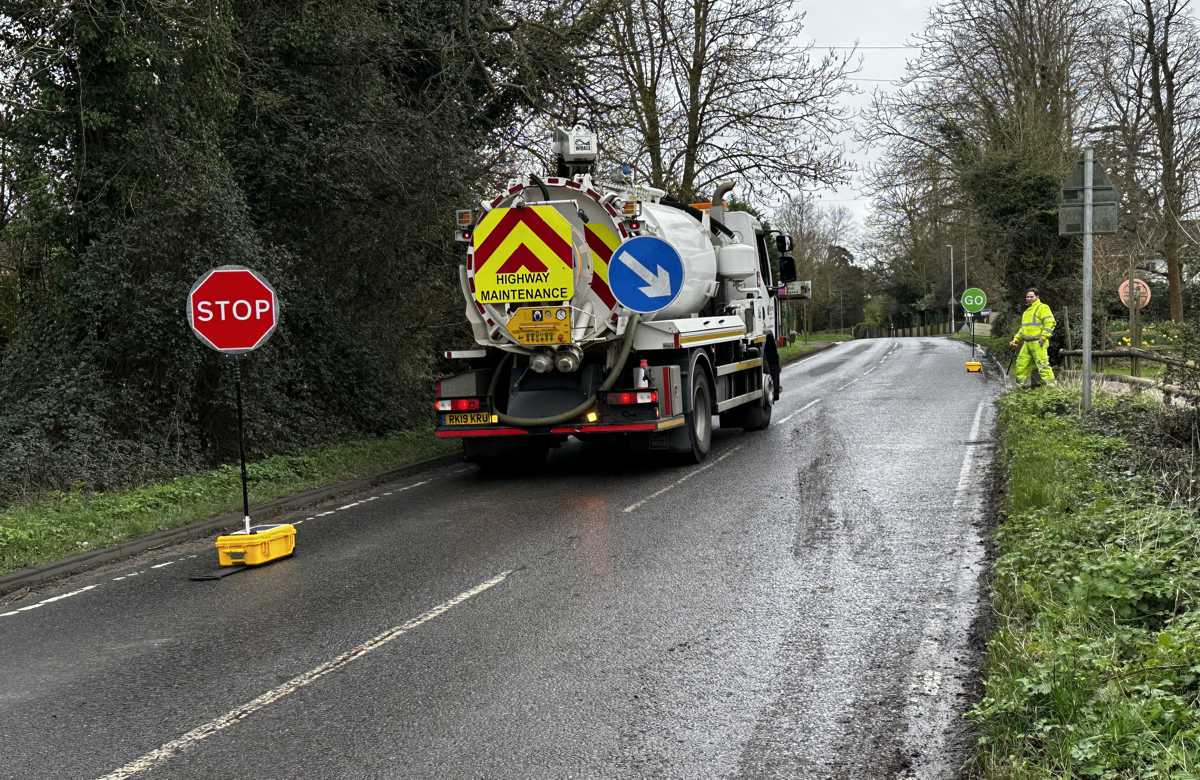Asian Development Bank calls for integrated transport solutions and urban planning for liveable cities in Asia
Providing sustainable transport solutions for Asia’s rapidly growing cities is the region’s most urgent transport challenge.
Developing Asia now has 33 cities with a population of more than 5 million people. This rapid urban growth has created an enormous strain on citizens’ accessibility and mobility.
The initial response in many cities has been to build more roads. But in Asia’s densely populated cities, evidence and experience tell us that building roads alone is not enough. We need to develop holistic solutions that integrate transport and urban planning to manage urban growth effectively and ultimately to help build more inclusive cities.
Good public transport systems are a key component of these solutions, and crucial to the liveability of our cities. They make access to transport more equitable, substantially reduce accidents, encourage more active and healthy lifestyles, and foster a sense of community with people traveling together.
Good public transport systems crucial to urban liveability
But what type of public transport systems best fit our cities? How can we integrate public transport with urban planning to achieve the best results?
Bus Rapid Transit (BRT), Light Rail Transit (LRT), and Mass Rapid Transit (MRT) are public transport systems whose fit in our cities depends on a combination of factors such as space, required capacity of the system, duration of construction or period to implement the system, available capital, and operating and maintenance costs.
Integrating public transport into urban planning
Cost-wise, BRT is cheaper (estimated average of $1 per 20 million per km), faster to implement (about 2-3 years), and provides different levels of passenger capacity (3,000 to 50,000 per hour per direction). LRT is more expensive (estimated average of $30 million-$60 million per km), but its passenger carrying capacity is similar to BRT. MRT has the highest passenger capacity (30,000 to 80,000 per hour per direction), but also has the highest cost ($150million-$250 million), and takes the longest time to build (7-10 years).
Looking beyond costs and time to build, finding the best fit also depends on how the selected system can be integrated in a city’s development plan.
Several instruments and urban development strategies can be considered to integrate urban spatial planning and urban transport. Among these are mixed-use development to reduce the need to travel, enforcing car-free zones to promote non-motorized transport, or establishing “greenways” that work as green mobility corridors.
Transit-oriented development integrates urban spatial planning, urban transport
A powerful urban planning tool that integrates urban spatial planning and urban transport is transit-oriented development (TOD).
TOD is a combination of mixed-use development with high-density residential and commercial areas based around mass transit corridors, with pedestrian and cycling facilities. TOD can significantly improve quality of life by freeing up time and money otherwise spent or lost due to long and expensive commutes.
This in turn allows people to spend more time with their families, and generates potential savings for better accommodation, education or leisure. It offers immense opportunities to create neighbourhoods and communities that are pleasant to live in.
BRT success stories in Yichang, Lanzhou
An interesting example of TOD created by a BRT system during the urban development process can be found in the Yichang BRT project, supported by ADB, in the People’s Republic of China (PRC).
The original 18-km BRT corridor was extended to 23 km to link Yiling district, a new high-density urban development northwest of the city, with a new urban development in south-eastern Yichang.
The Yichang BRT opened in 2016 with 19 lines and around 260,000 daily users, who save an average of 15 minutes per journey while reducing the amount of greenhouse gases emitted. These actual time savings have a positive impact on citizens’ quality of urban life.
Also in the PRC, ADB has supported the Lanzhou BRT project, a good example of how urban and transport planning can be integrated by implementing a high-capacity BRT system in the middle of new district development, in this case Anning.
Yichang, Lanzhou BRT systems prove transit-oriented development works
The BRT attracted more commercial development along the corridor, helped by the inclusion of underground commercial areas at each station.
The Lanzhou project spurred mixed land use of the new urban district as well as more sustainable urban mobility. It proved that integrating sustainability into city development plans is a cost-effective strategy that improves the mobility, health, and economy of a city, and makes it more inclusive and liveable.
Indeed, these successful examples of public transport systems show that selecting the right public transport system and integrating it into the urban planning of the city are essential to create liveable cities by improving the quality of urban life.
Article by Amy Leung, Deputy Director General concurrently Chief Thematic Officer, Thematic Advisory Service Cluster, Sustainable Development and Climate Change Department, Asian Development Bank. First published 07 May 2017.
















